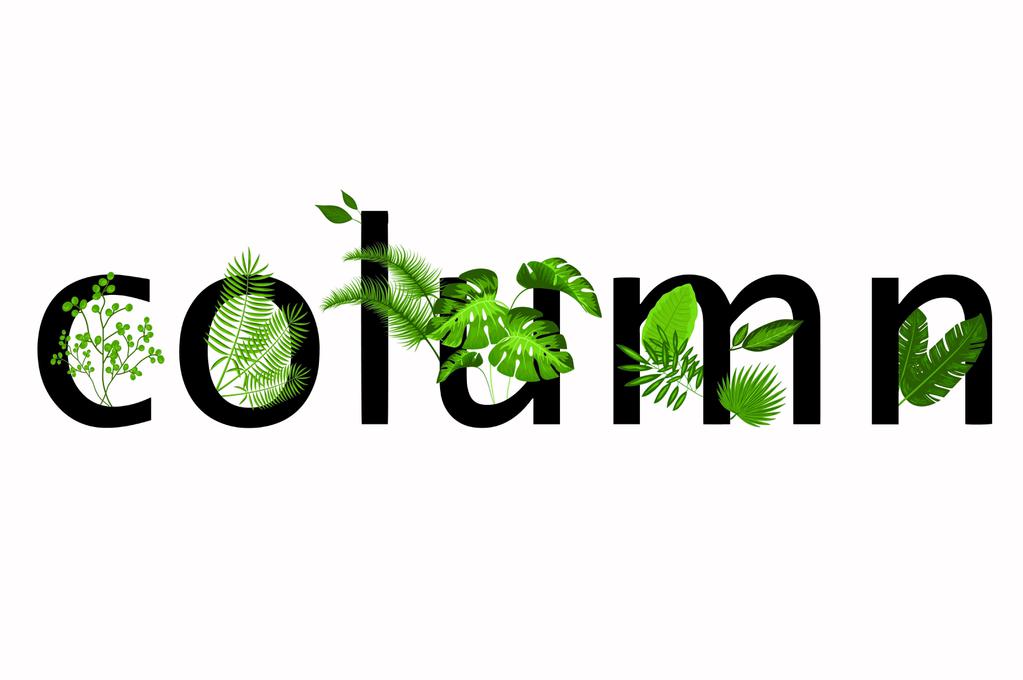Right at the beginning of my architectural education, I was reprimanded for ‘schaamgroen’. With some trees in the front I made a nice façade drawing a bit more lively. The teacher was inexorable: a good façade design does not need glossing. ‘Schaamgroen’ is a pun referring to the trees as a sort of pubic hair.
But if one follows the developments in architecture over the last period of time, one can see that abundant green in visualizations flourishes these days. Both vegetated façades and entire trees or even complete forests on or atop of buildings are almost standard features now. The Stefano Boeri-designed Bosco Verticale project in Milan is an important inspiration for this trend. The two apartment towers do look spectacular. Over their full 110 m height they have large cantilevered balconies that are filled with lush trees.
However, there are downsides as well. Of course the project needed some serious stability measures, but in addition, the maintenance of all that green is a job of such proportions that it is contracted out to a professional party that has its hands full with it. The service costs involved make the apartments affordable only for top incomes such as of lawyers and professional footballers. A ‘bold statement’ like Bosco Verticale is great. But applying its concept to the Dutch context? And especially to residential buildings for modal incomes? With the Dutch construction culture, one can already question the actual quality of the green at the time of delivery, but certainly the long term is a concern. How viable are these trees? Who will pay for their maintenance? Chances are that, over time, they literally turn into green for which you start to feel ashamed (in Dutch, ‘pubic’ and ‘shame’ are linguistic equivalents).
I therefore argue for a more cautious way of dealing with spectacular greenery and propose a primary focus on greening the built environment in ways that are more promising. For example in the shape of roof gardens and polder roofs that also function as a water retention and stimulate biodiversity as well. More green in the immediate vicinity of buildings also contributes to this much more effective strategy.
Ronald Schleurholts, architect partner cepezed
Cobouw, February 13th 2019
pubic green
